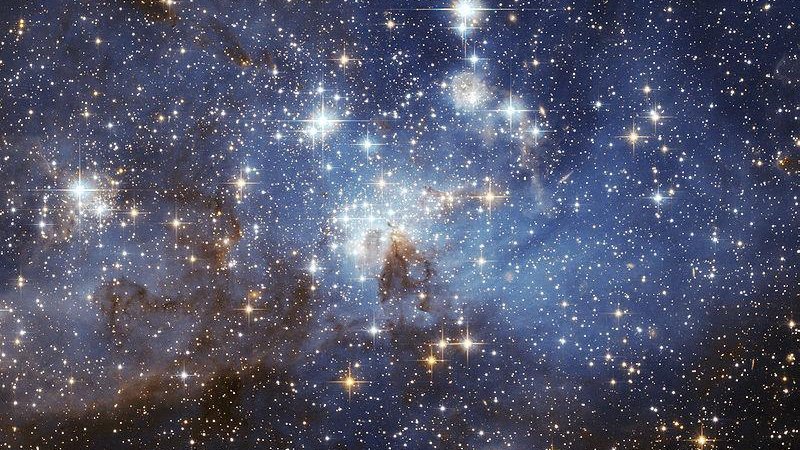(File Image: European Space Agency)
ATHENS, Ga., July 5 (UPI) -- U.S. researchers say a study challenges current assumptions on planet formation, suggesting that planets might form much faster than previously thought.
Either that, they said, or stars harboring planets could be far more numerous than astronomers have up to now believed.
The study, by several U.S. universities and the Australian National University, made a curious and unexpected finding, that the cloud of dust circling a young star in a so-called stellar nursery has simply disappeared.
"The most commonly accepted time scale for the removal of this much dust is in the hundreds of thousands of years, sometimes millions," study co-author Inseok Song of the University or Georgia said. "What we saw was far more rapid and has never been observed or even predicted. It tells us that we have a lot more to learn about planet formation."
The star in the Scorpius-Centaurus stellar association 450 light years from Earth was observed in 1983 surrounded by a cloud of dust that had mostly disappeared when new observations were made in 2010, a UG release reported Wednesday.
The speed of the disappearance surprised astronomers.
"It's as if you took a conventional picture of the planet Saturn today and then came back two years later and found that its rings had disappeared," co-author Ben Zuckerman of UCLA said.
Planet formation in a circumstellar disk is commonly thought to occur over hundreds of thousands of years.
"If what we observed is related to runaway growth, then our finding suggests that planet formation is very fast and very efficient," Song said. "The implication is that if the conditions are right around a star, planet formation can be nearly instantaneous from [an] astronomical perspective."















